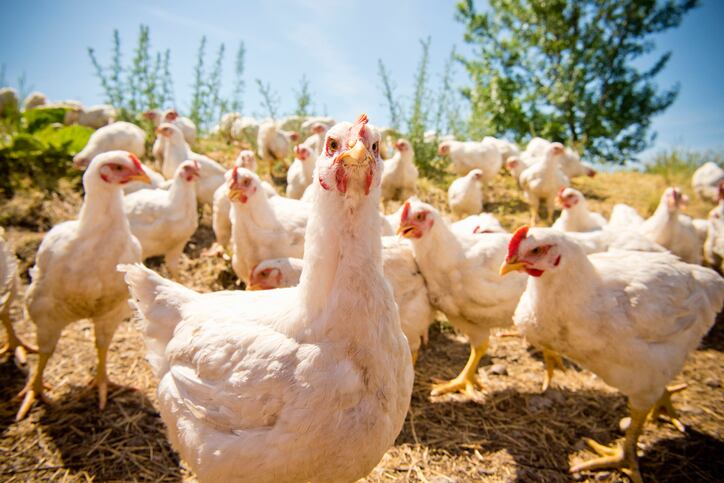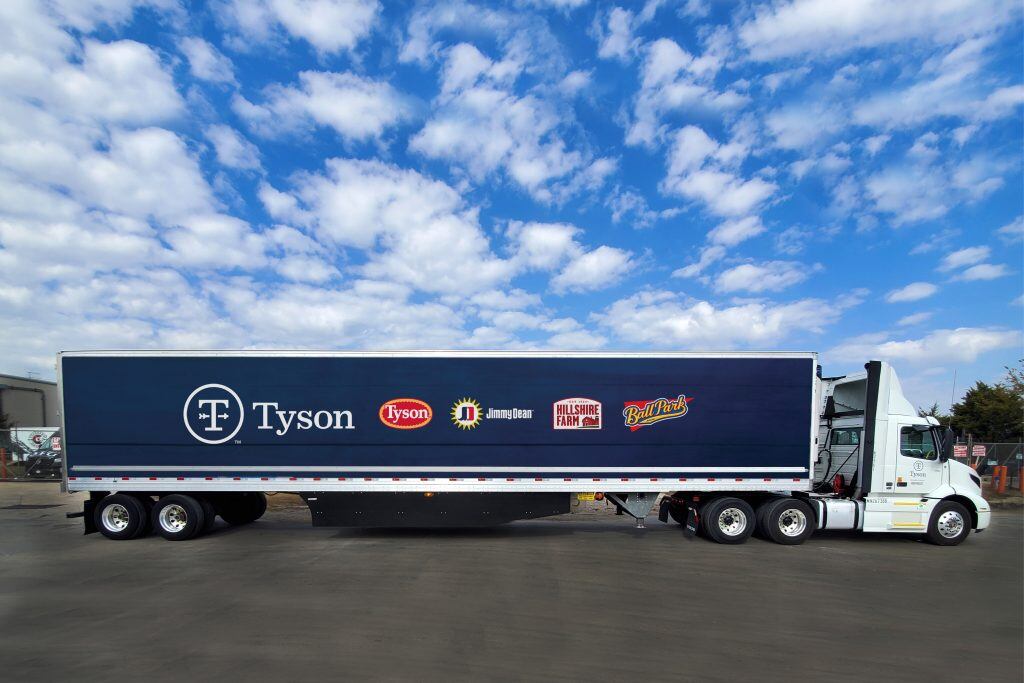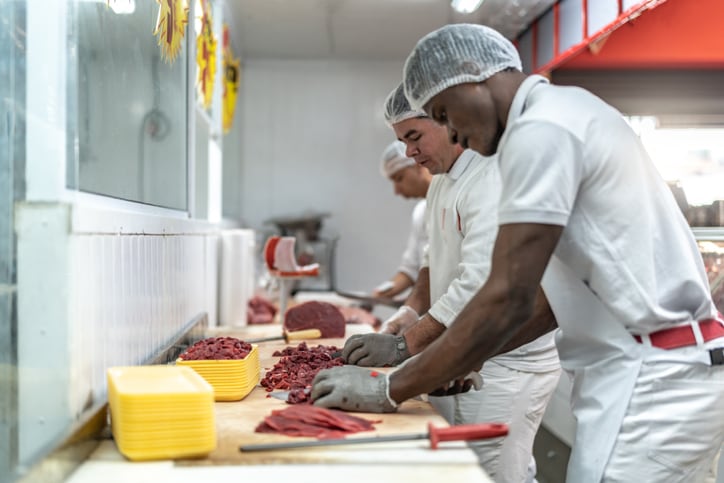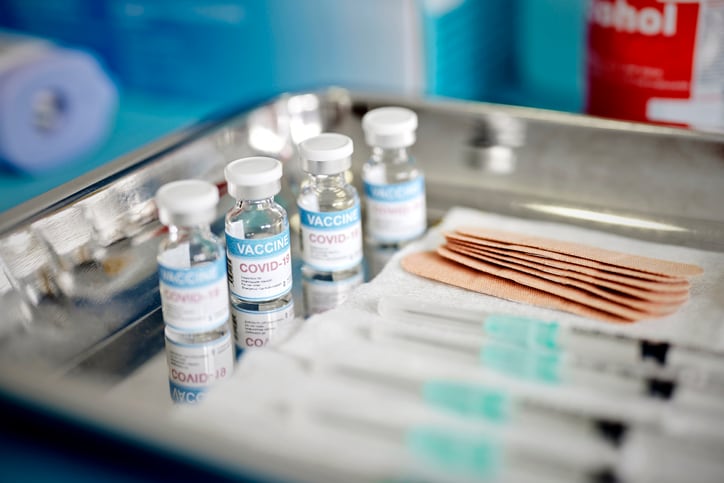Since 2016, Tyson’s poultry business has suffered a dramatic mismatch between its earnings and operating margins and its sales, the company’s poultry group president David Bray acknowledged during Tyson’s Investor Day presentation yesterday.
He explained that while sales have steadily grown at a compound annual rate of 5% from $10.9b in fiscal year 2016 to $13.7bn in fiscal year 2021, earnings have dropped – slowly at first from $1.58bn in 2016 to $1.19b in 2019, and then more sharply to $611m in 2021. As a result, the adjusted operating margins shrunk from 11.9% in 2016 to 0.2% in 2021.
Unwilling to see earnings drop even further, Bray says the entire Tyson team is “laser focused on restoring the competitiveness of the chicken business.”
He added, now is the time for the turnaround because US consumption of poultry is expected grow at least 1% over the next decade and chicken consumption per capital in the country is expected to increase from 96 pounds in 2020 to 101 pounds by 2030.
The root of the problem
Recognizing there is no silver bullet to restore Tyson’s chicken business, the company is tailoring its response to address multiple root causes to the decline.
A major contributor to the decline of Tyson’s chicken profitability was a drop in harvest rates below full capacity as the company focused on buying versus growing, Bray said, noting that Tyson is currently operating at about 80% of its current 47 million head per week capacity.
In addition, he said, plant performance has deteriorated as Tyson ceded mix to mitigate labor challenges.
Finally, he noted, Tyson has not been able to fully offset through price or performance improvements additional overhead costs since the beginning of the pandemic, including from additional safety measures and rising inflation.
“We are correcting these issues through our four-pillar strategy. We made changes to our organization to ensure we have the right teams dedicated to the solutions and to ensure that this does not happen again,” Bray said. “All our decisions will be made in service to growing the business and generating an attractive return on capital over time.”
Rebuilding Tyson’s workforce
The first pillar in Tyson’s strategy to regain a sustainable leadership position in chicken is to “become the most sought-after place to work” – a potentially tall-order after the company’s missteps early in the pandemic, but as CEO and president Donnie King explained, Tyson has made strides to prioritize worker safety.
“The health, safety and wellness of our team members is our top priority. We are proud of our accomplishments related to our COVID-19 vaccine mandate in the US,” which included requiring all US team members to be fully vaccinated by Nov. 1, as well as broader investments to reinforce safety such as hiring a chief medical officer, investing in health clinics and wellness programs and investing in process control optimization to create better workflow, he said.
“We have also shared our actions to take a leadership position on compensation and benefit offerings,” including supporting flexible scheduling and creating production schedules, testing childcare, housing and transportation pilots, implementing competitive wage increases, investing in leadership career development and offering certified interpreter program in place, he said.
Finally, the company has strategically invested in automation and technology to make existing roles safe and easier while reducing costs, he added.
Becoming a go-to supplier
The second pillar in Tyson’s plan to turn around the poultry business is to better service customers, which is an area where Bray said “we have fallen short in the last several years.”
To meet the company’s mission to deliver on time and in full, Bray said Tyson is working to restore its hatch rates, which dropped sharply from 84% in July 2020 to 76.5% in August 2021 when the company introduced a new male line with “enhanced broiler characteristics,” but which resulted in “persistent hatch issues” identified in early 2021.
“This hatch issue impacted our entire chicken supply chain from hatchery to broiler farm and processing,” Bray said. He explained that even though the issue was identified quickly and the company has reverted to the previous male, it will take time to see improvements because they are working with livestock.
“We expect to have the changeover to the previous male fully implemented by Q3 of fiscal 2022. Based on what we are seeing today, increased chick supply from improved hatch together with other investments will increase harvest capacity closer to 98% plus target utilization,” he said.
Growing the business
Increasing harvest capacity will lay the foundation for Tyson’s third pillar to grow its business from approximately 12.5b pounds in fiscal 2021 to 13b in fiscal 2022 with a longer-term goal of 15b.
“We have the sales for incremental meat because demand is outpacing supply. Overtime, our harvest will continue to climb and we have target capacity utilization [that is] equivalent to adding about six new harvest complexes,” Bray said.
A new marketing campaign launched this month that celebrates Tysons’ 85 years with a tagline of “More To Love,” also will reinforce demand and consumer loyalty, Bray said.
Improve operational performance
The company’s fourth pillar – improving operational performance – will reinforce the third pillar and will hinge in part on increased automation.
Bray explained that Tyson has an aggressive play to deploy automation, largely around a proprietary deboning technology that will alleviate labor challenges.
The automation will include 88 front half deboning lines and 13 dark meat lines, provide greater consistency in product quality, offer real-time operations insights to drive more timely decision-making and ease labor challenges by reducing roles by about 2,000 over the next two years.
Ultimately, by activating these four pillars, Bray said, he expects Tyson will grow and deliver strong results in the coming years despite ongoing challenging macroeconomic conditions.




